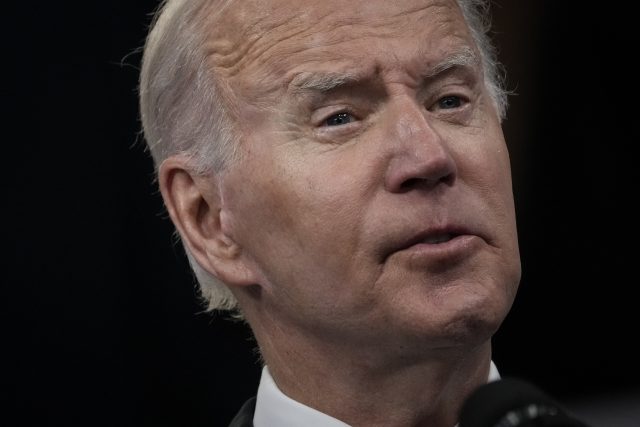The pace of economic growth slowed sharply in June as manufacturing contracted and service sector growth slumped, putting the U.S. on a path toward another economic contraction in the third quarter, a survey of business executives indicated Thursday.
The headline Flash US PMI Composite Output Index, compiled by S&P Global, registered 51.2 in June, down from 53.6 in May. Both the manufacturing and services scores were lower than economists expected.
Manufacturing contracted, S&P Global said. Factory production, which had been a source of strength for the economy last year, tumbled into decline as the seasonally adjusted index fell at the fastest pace on record apart from the height of the initial pandemic lockdowns in 2020 and the height of the global financial crisis in 2008.
The services sector continued to grow but at the slowest pace in five months.
“The pace of US economic growth has slowed sharply in June, with deteriorating forward-looking indicators setting the scene for an economic contraction in the third quarter. The survey data are consistent with the economy expanding at an annualized rate of less than 1 percent in June, with the goods-producing sector already in decline and the vast service sector slowing sharply,” said S&P Global Market Intelligence chief business economist Chris Williamson.
Williamson continued:
“Having enjoyed a mini-boom from consumers returning after the relaxation of pandemic restrictions, many services firms are now seeing households increasingly struggle with the rising cost of living, with producers of non-essential goods seeing a similar drop in orders.
There has consequently been a remarkable drop in demand for goods and services during June compared to prior months.
Businesses have become much more concerned about the outlook as a result of the rising cost of living and drop in demand, as well as the increasingly aggressive interest rate path outlined by the Federal Reserve and the concomitant deterioration in broader financial conditions. Business confidence is now at a level which would typically herald an economic downturn, adding to the risk of recession.
Despite the slowdown, inflationary pressures remained high June, raising the prospect of a stagflationary economy. Both input costs and output charges rose substantially again. Although the pace of input price inflation eased to the slowest for five months, it was sharper than any seen before April 2021, according to S&P Global. Firms mentioned wages, food, fuel, transportation, and material prices hikes as adding pressure to operating expenses.
“A corollary of the drop in demand was less pressure on prices, with the survey’s inflation gauges for firms’ costs and their selling prices falling sharply in June to suggest that, although still elevated, price pressures have peaked,” Williamson said.
The barometer of confidence slumped to one of the greatest extents seen since comparable data were available in 2012, down to the lowest since September 2020.

COMMENTS
Please let us know if you're having issues with commenting.